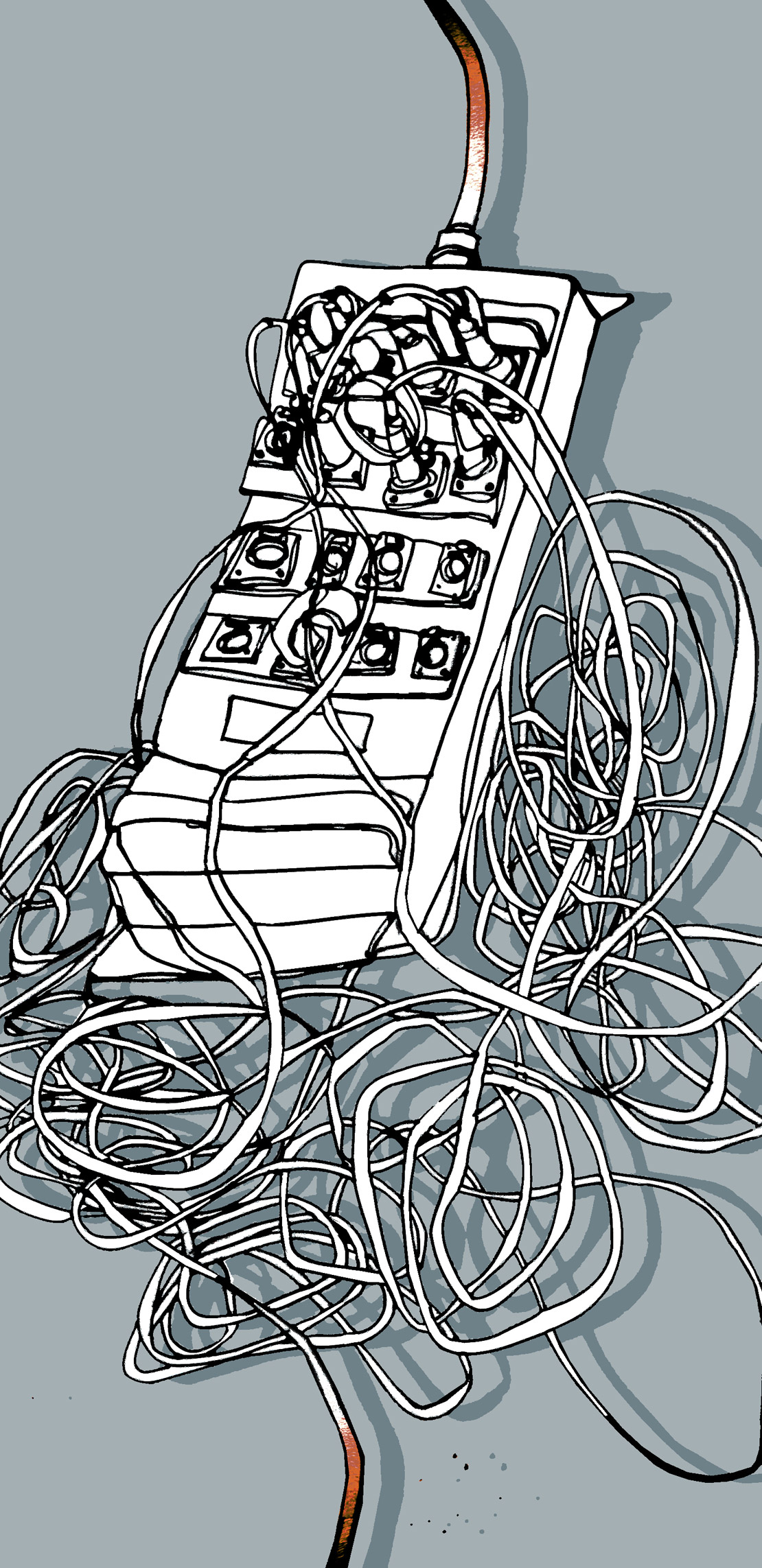Rupert Neve is a name that's been around in the recording world for quite a while now, and it holds a lot of weight. Few names are as synonymous with audio design, but when it came time to release a new series of gear in a new millennium, Rupert Neve Designs made the decision to try something different rather than recreate Neve's old designs. The Portico line has been hailed as a staple of modern recording equipment for more than a few years, but it took until now for examples to make their way to Strange Weather. Deciding to take the designs out of their proprietary half-rack form-factor and into the now ubiquitous 500-series format opened up a whole new group of potential users - ourselves included.
The Portico units came in the door as a sturdy bunch. I've dealt with dozens of 500-series products, and some are more sturdily built than others. Once they're in the rack, it's rarely a concern, but no other modules that I've held have been nearly as solid feeling, nor as heavy - the latter trait most likely a testament to RND's continued use of custom-designed transformers in nearly all of their products.
Anyone who's read my reviews knows that I'm all about ease of use. I'm not afraid of a bit of a learning curve, but once I have my head around how a piece of gear works, I don't want to spend all my time just fiddling with the controls. When the band is ready to play, I want to be sitting there waiting for them, every time. The Portico 517 channel strip does a fantastic job of keeping things simple without curtailing any of its potential power.
The 517 showed up just in time to be used on the new Saadi record. Tracking drums, we patched a Coles 4038 ribbon mic, placed directly above the kit, into the 517. A quick listen to the preamp showed that it's got a beautiful color to it and reacts well to being pushed hard. The opto-coupler compressor helped hold it back a bit, and with one control, the compressor was extremely easy to set. Sometimes a new piece of gear can take a while to learn, but not this time. We basically threw it up in the air, and it gave us exactly what we wanted. The overhead mic instantly became the main focus of the kit.
Once we got into overdubs, the 517 moved over to keyboards. It was a perfect opportunity to try the built-in mixer and vari- phase control. The keys were sent to both the DI input and an amp in the live room, which was mic'ed with a Neumann U 67. Since you can use the mic preamp and DI in the 517 simultaneously, they both went to the same module. It was easy to find a nice blend right there while tracking, removing some unnecessary decisions from the mix process, and the vari-phase knob did a great job of keeping the low end nice and tight, something that's hard to attain when you mix both a microphone and a DI from a single source.
For the piano, we patched in the Portico 543 VCA compressor instead. We were looking for a classic reggae sound - super heavy, dark, and chesty. The 543 gave us heavy and chesty in spades, and using a U 67 brought out the midrange. At first, we attempted to compare the sound to our vintage Neve 83065 compressors (which are the 51-series version of the classic Neve 33609), but they were too different to warrant it. In fact, the 543 didn't fall in line with the other VCA compressors we have either, though it seemed to retain some of the best qualities of both. Even with the unit in feed-back mode, its reaction times were incredibly fast compared to classic FET comps like the 83065, but tonally it retained the ability to push the sound all the way forward without flattening the impact that the piano's hammers created. With a fast attack and slowish release, we nailed the tone we were looking for.
About two weeks later while mixing tracks for the new Hoop Dreams record, the 543 found its way onto a vocal track. Often we'll use multiple compressors on the voice in parallel, so if one doesn't stand up to the task, it's painfully obvious in comparison. The 543 didn't flinch for a second. Feed-forward mode opened up an entire new world for us as far as controlling the front edge of the voice. We have other modules that react at least nearly as quickly, but none of them offer the upper-mid presence of the Portico. By blending the 543 in with other, slower compressors, we were able to precisely control the initial transients of each vocal line.
The Portico line has a sound all to itself that both harks towards vintage tones and remains thoroughly modern. If that flavor is something you're interested in, it would be harder to find a more efficient tool than the 517 channel strip. I would consider it to be an impressive and powerful addition to any 500-series rack, especially if you lack the time, space, or budget to patch together individual components. Likewise, there are a lot of great compressors available in today's market, but the Portico 543 stands out by the sheer virtue of its tone. Nothing else we've used sounds quite like it, especially amongst tools with a similar range of control.
(517 channel strip $850 street, 543 compressor $995; www.rupertneve.com)
-Marc Alan Goodman & Daniel Schlett, www.strangeweatherbrooklyn.com




_disp_horizontal_bw.jpg)